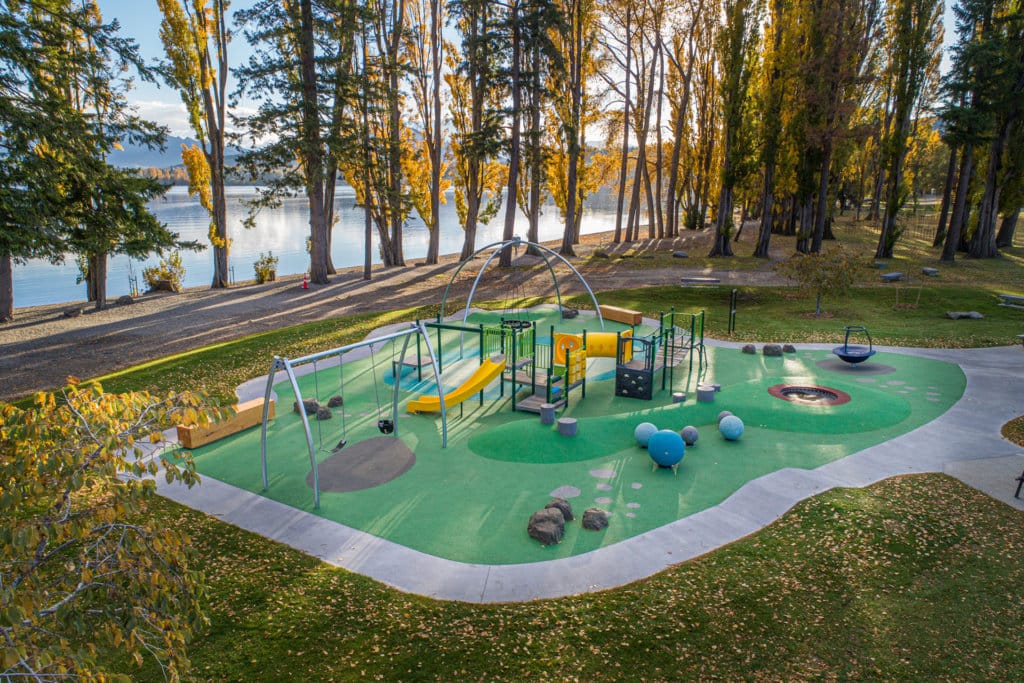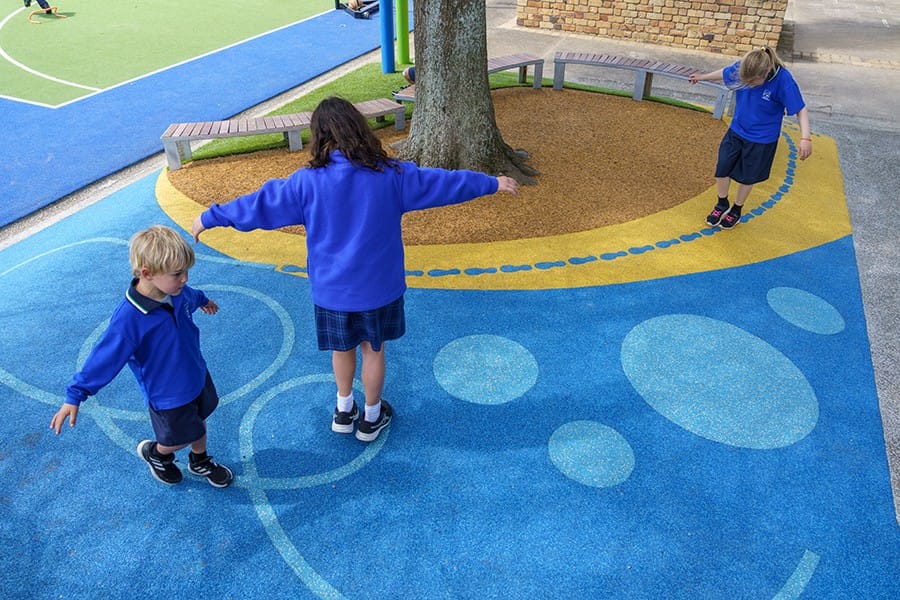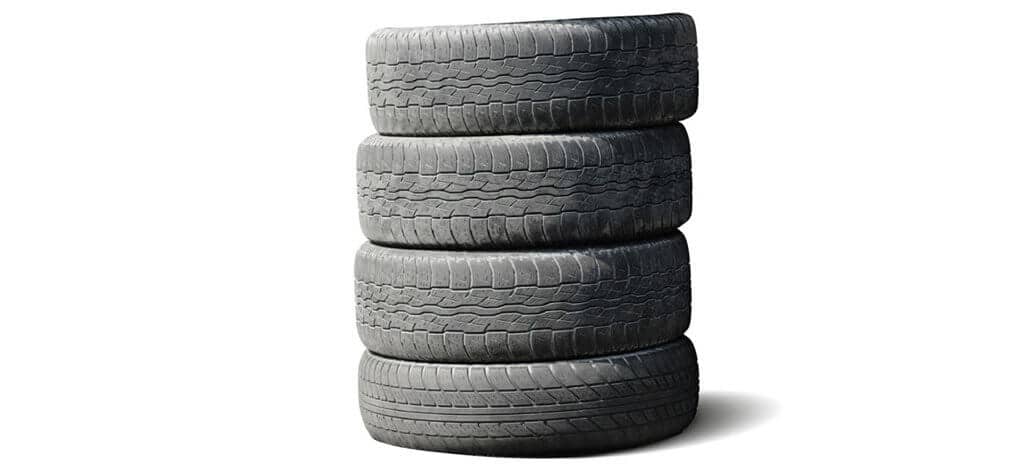Playground Surfacing: Is Pour’n’Play Porous?

One of the frequently asked questions we get about wet pour rubber surfacing is, whether the surface is porous.
It’s an important question to ask because the porosity of your surface can have a big impact on the use and safety of your playground. So, let’s talk about what porosity means and take a look at how different types of wet pour rubber surfaces handle water.
Are wet pour rubber surfaces porous?
The short answer to this question is… yes.
As a surface system, all wet pour rubber surfaces are porous. That means they are free-draining, water will run right through them. Having good porosity is an important aspect of playground surfacing because it manages drainage in case of rain and makes cleaning up nice and easy, without impacting the surface. This is possible because of the structure of the rubber granules and binder which allows water to drain through quickly, keeping the surface free of puddles and reducing the risk of dangerous slips and falls on the playground.
Advantages of wet pour rubber's porosity.
1. Good drainage:
A porous surface allows water to drain through it quickly, reducing puddling and providing a safer surface for kids. This means your surface can be used during wet weather. For schools located in areas that experience a lot of rain or get quite wet during the year, having a porous surface is important. Installing a porous surface gives you more use out of your playground year-round and can get the students back out in the playground sooner than if you were dealing with other surface types like bark.
2. Cleanliness of the surface:
As a bonus, porous surfaces are easier to clean and maintain. Because they drain efficiently, you are not left with puddles of water that often cause a muddy mess. Wet pour surfaces don’t trap dirt or mud in their pores as non-porous surfaces do. Simply hose down your surface and you’re ready to go.
3. It can be used as a water play surface:
Wet pour rubber surfacing can be used for splash pads and water play features. These features are becoming increasingly popular in early childhood centres and schools. Because of the natural grip provided by the rubber, wet pour surfacing is the ideal safety surface for water features and even around pools.
Now that we’ve covered the porosity of the surface system, let’s talk about the porosity of the granules themselves.
EPDM vs. TPV granules
In NZ, some surfacing companies use a rubber granule called EPDM. EPDM is a porous rubber granule which means it soaks up liquids. This can be a problem. That’s because it soaks up some of the resin used to set the surface during installation, increasing the amount of resin used and adding to costs.
With all of that absorbed resin on board, EPDM granules eventually turn hard, which is why many EPDM surfaces can feel so hard after just a few years of use. In addition to this, EPDM granules continue to take on water over time, which makes them slower to dry and less hygienic.
A safer alternative to EPDM rubber granules is Rosehill TPV. Rosehill TPV is a vulcanised rubber granule that is non-porous. This means it uses less resin during installation and it stays nice and soft. Because of this, surfaces made from Rosehill TPV last a lot longer.
Here at Numat we only use Rosehill TPV in our Pour‘n’Play wet pour rubber surfacing.




